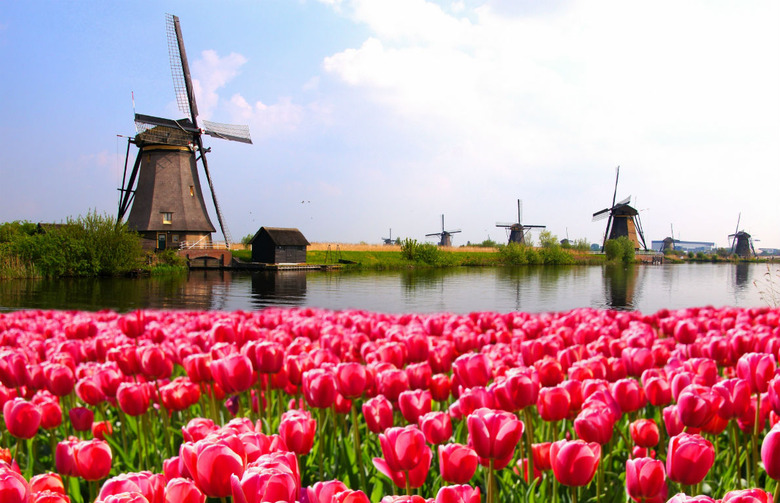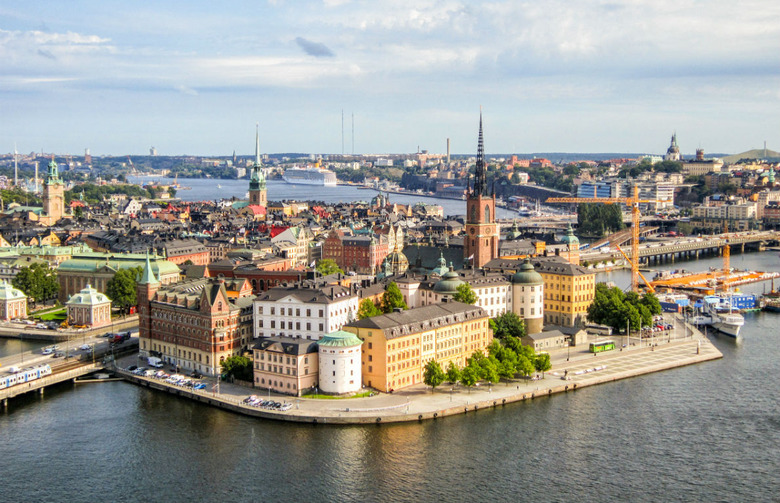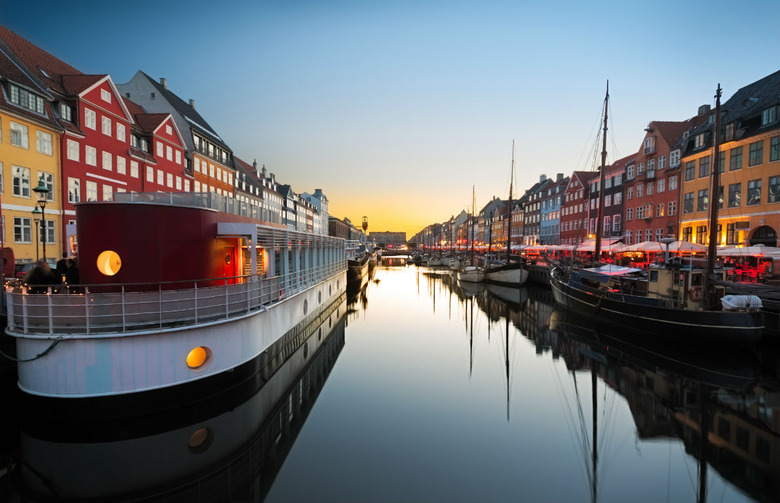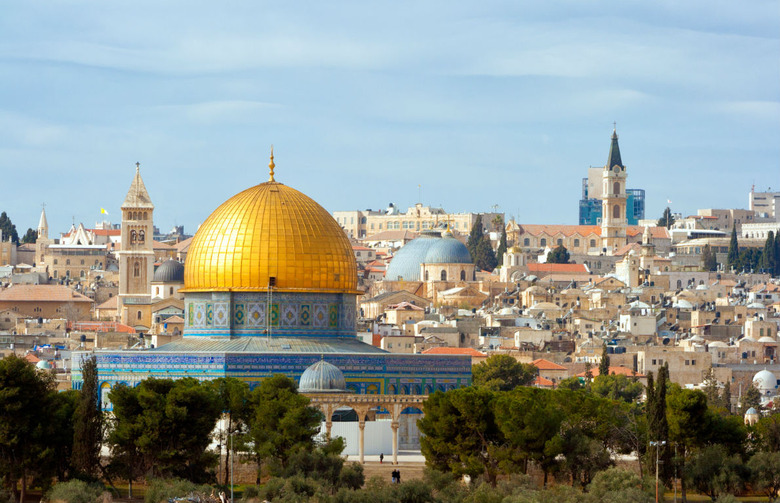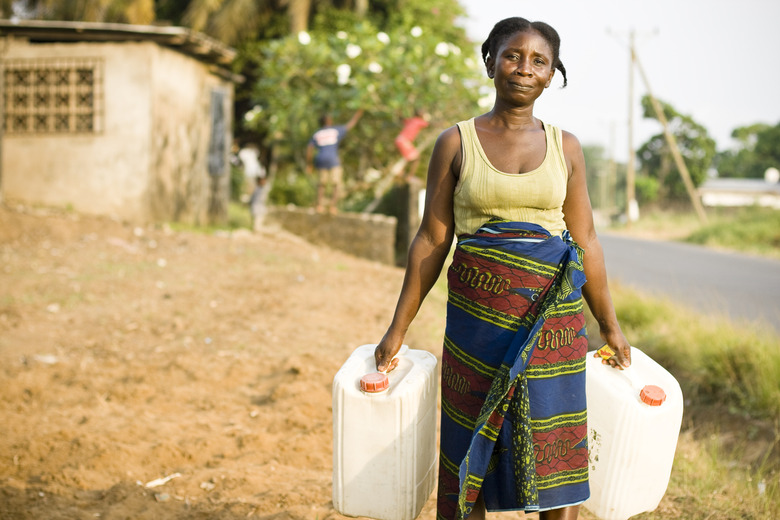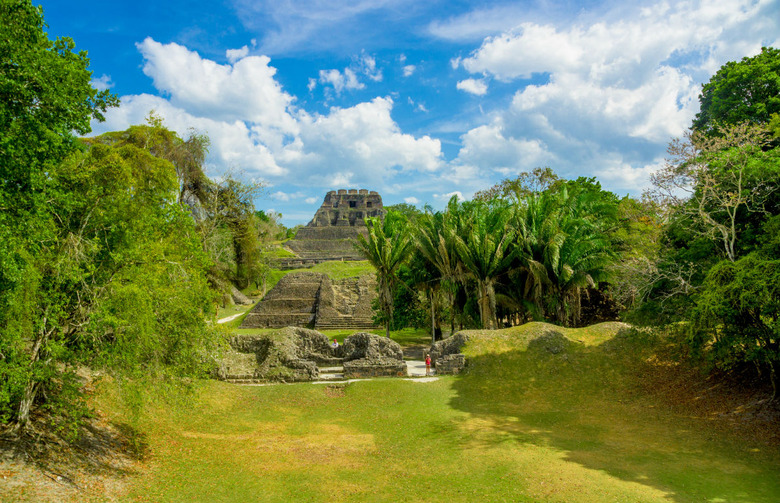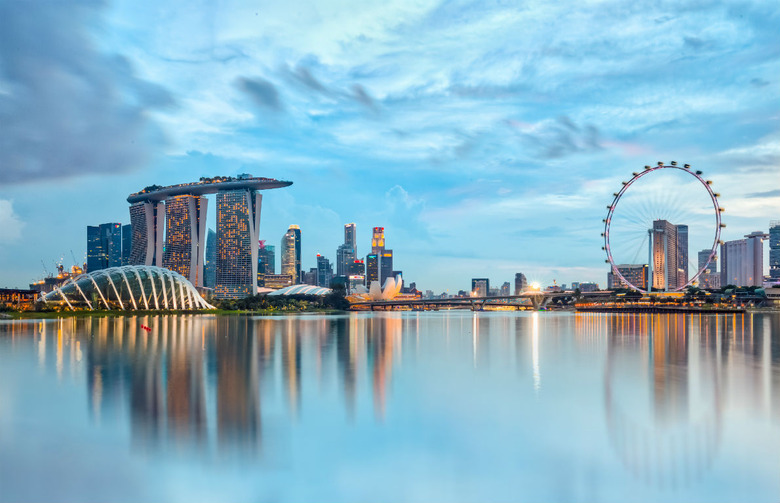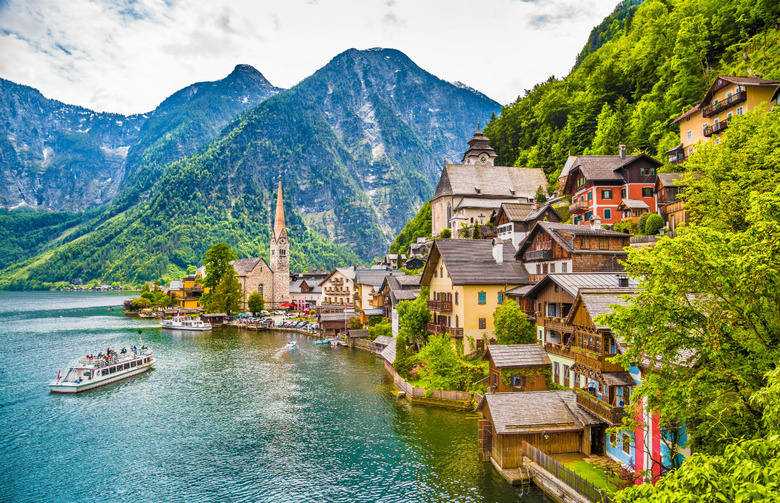10 Countries Where You Didn't Know Most People Speak English (Slideshow)
Ever fantasize about exploring the canals of Amsterdam or visiting the famous Van Gogh Museum or Anne Frank House, but worry about the complicated-sounding Dutch language? Your trip can be more than just a pipe dream, because about 90 percent of locals speak English. Despite Dutch being the official language, almost every citizen knows English, as it is a mandatory course in all secondary schools. People of the Netherlands are often fluent in a third language too, with 70 percent also speaking German, and 29 percent knowing French.
Norway, 90%
The North Germanic Norwegian language (and its two written forms: Bokmål and Nynorsk) rules in Norway, with 95 percent of the population speaking it as their first or native language. However, the primary foreign language taught in schools in Norway is English, and most citizens born after World War II are fairly fluent, with 90 percent claiming to speak it. So even though Jostedalsbreen (Europe's largest glacier and its surrounding national park) and Møre og Romsdal (the coastal road often referred to as the most beautiful in the world) have intimidating names, asking for directions to get to them should be no problem. And if you happen to make it to Jostedalsbreen, try some Olden, a bottled water made from the glacier!
Sweden, 86%
Like Norway, its neighbor to the west, Sweden also has a large population of English speakers, with at least 86 percent reportedly semi-fluent in the language. Of course Swedish the official language, but learning English as a second language has been common since as far back as 1849, and has been a compulsory subject for students from first to ninth grade since the late 1940s. If you want to attempt a little bit of Swedish, the most common words are actually similar-sounding to English. For instance, hej (pronounced "hey") is the usual greeting, and tack is the word for "thanks." Feel free to use these if you encounter a helpful local while skiing, hiking, canoeing, or another outdoor activity that has to be experienced in the Scandinavian country.
Denmark, 86%
Copenhagen is often referred to as the happiest city on Earth, and you'll be happy to know that about 86 percent of Denmark's population speaks English as a second language — generally with a high level of proficiency. Yes, Danish is the de facto national language, but that doesn't mean you can't use English to get around. So whether you're trying to hitchhike across the country (quite common, and usually those who pick up hitchhikers speak English) or attempting to order a smørrebrød (an open-faced sandwich, involving such ingredients as pickled herring or liver pâté on rye, which is the traditional Danish lunch), your trip should be easy and stress free.
Israel, 85%
Israel has two official languages, Hebrew and Arabic, but if you were to ask a local if they speak English, they might get offended. Of course they do. Some 85 percent of the population is proficient in English, and many official logos, road signs, and product labels are printed in the language. Television programs are often broadcast in English as well, and almost all students begin learning it in grade school. That being said, Israel is also considered a country of immigrants, so it's not uncommon to hear Russian, Amharic, or even French while visiting the 500-meter deep, 40-kilometer long, 10-kilometer wide Ramon Crater (one of the largest in the world) or the white coastal cliffs at Rosh Haniqra. Still, you should feel confident when ordering your falafel (a must), hummus, or shawarma (sliced rotisseried lamb or other meat in a pita).
Sierra Leone, 84%
If you were to ask the average person what African country has the largest percentage of English speakers, they'd probably say South Africa. Although there's a decent amount in that country, Sierra Leone surprisingly ranks as the highest, with 84 percent of the population claiming proficiency. This locations might not be at the top of your travel wish list (for the record, the World Health Organization declared the end of the Ebola outbreak in Sierra Leone in late 2015), but if you happen to pass through, it should be relatively easy to communicate. Although English is the de facto official language, it is still a second language to a lot of people, but you should be fine in Sierra Leone's Freetown Peninsula (where there are some breathtaking beaches). Alternately, many locals speak Krio (the lingua franca in Sierra Leone), which gets its vocabulary from English, but will likely be unintelligible to the average English speaker. However, if you already know the gist of the conversation, it might be possible to pick up a few words.
Liberia, 83%
The situation is Liberia is generally the same as that of its neighbor, Sierra Leone, but with a few exceptions. Here, English is actually the official language, although curiously, it is not generally the first language of most locals. Instead, more than 30 languages are spoken, which can be grouped into four families: Mande, Kru, Mel, and Gola. Still, like in Sierra Leone, you'll find a large amount of people (about 83 percent) that are capable of conversing in English. Another major difference between the two neighbors? Crime is much lower in Liberia.
Belize, 82%
Taking a trip or cruise to Belize? You might be surprised to find out that it's the only country in Central America whose official language is English. Although you'll also hear a lot of Belizean Creole (also referred to as "Kriol," which has its roots in English) and Spanish, having been part of the British Empire for 119 years (1862-1981) certainly had its effect on the country. This should make trips within the borders quite easy, and visitors should use that to their advantage by ordering some local food (rice and beans are a staple, pupusas are maize pancakes, and Marie Sharp's is a tasty and very spicy habanero-based hot sauce from Dangriga) and exploring the local tourist sites, especially the Mayan Ruins at Altun Hun, Lamanai, Xunantunich, El Pilar, Caracol, and Tikal. Unlike most ruins, many in Belize can still be climbed and explored by foot.
Singapore, 80%
Looking to travel to Asia but worried about a language barrier? Head to Singapore, where English if the official language, and 80 percent claim literacy, and one-third speak it at their primary tongue. For the record, half of the population speaks Mandarin Chinese as their first language. Use this to your advantage and check out the enormous city, the beautiful beaches (especially Sentosa, or its southern islands), the Bukit Timah Nature Reserve (which contains more plant species than there are in all of North America), the rural island of Pulau Ubin, the Marina Bay Sands hotel and casino, and the food — a delectable mix of Malay, Chinese, Indian, and Western cuisines. Our recommendations? Chilli crab (messy and spicy, but delicious), kaya (a spread made from egg and coconut), and, of course, satay (the barbecue style of choice in the region).
Austria, 73%
Pop quiz: What's the official language in Austria? (Don't say "Austrian," that's not a thing.) The correct answer is German (albeit with a regional dialect), which is spoken natively by about 89 percent of locals. English, on the other hand, is relatively popular, especially in the business world and with younger generations. Over 70 percent can speak it passably, with a larger percentage in larger cities, like Vienna. Speaking of the Austrian capital, if you've ever thought about visiting (or even if you haven't), do it! There's a ton of history there, and finding a walking tour in English is a snap. While your exploring, be sure to drop by a "würstlstand" and order up a sausage for a snack or meal. Frankfurters are the staple, but many locals prefer Bosna (with onions and curry), Burenwurst (spicy, with bits of ham), and Käsekrainer (with melted cheese).
